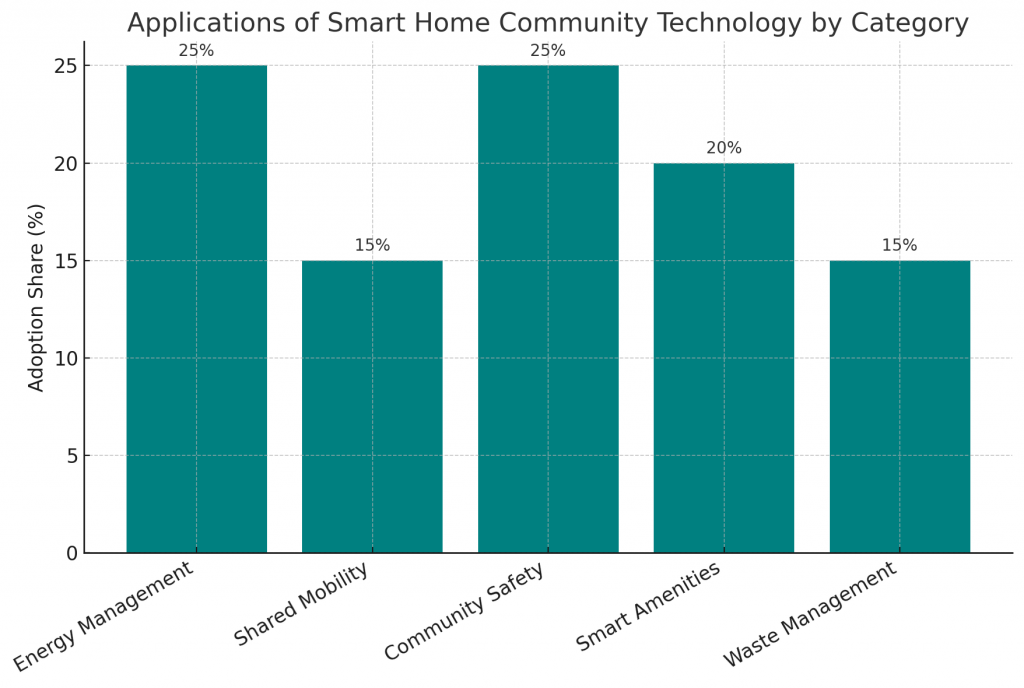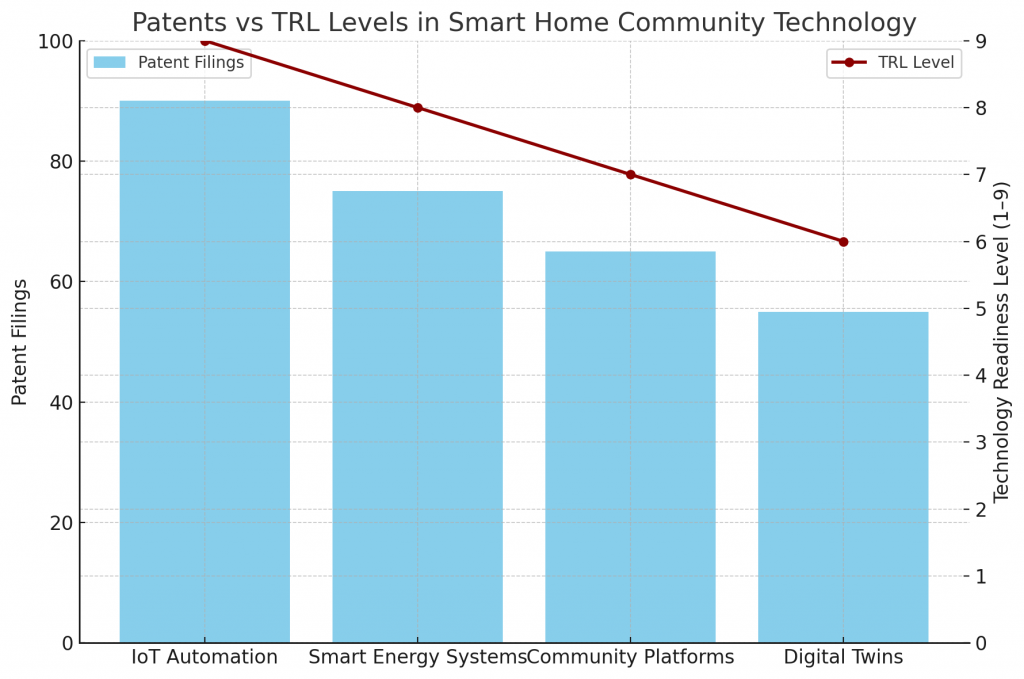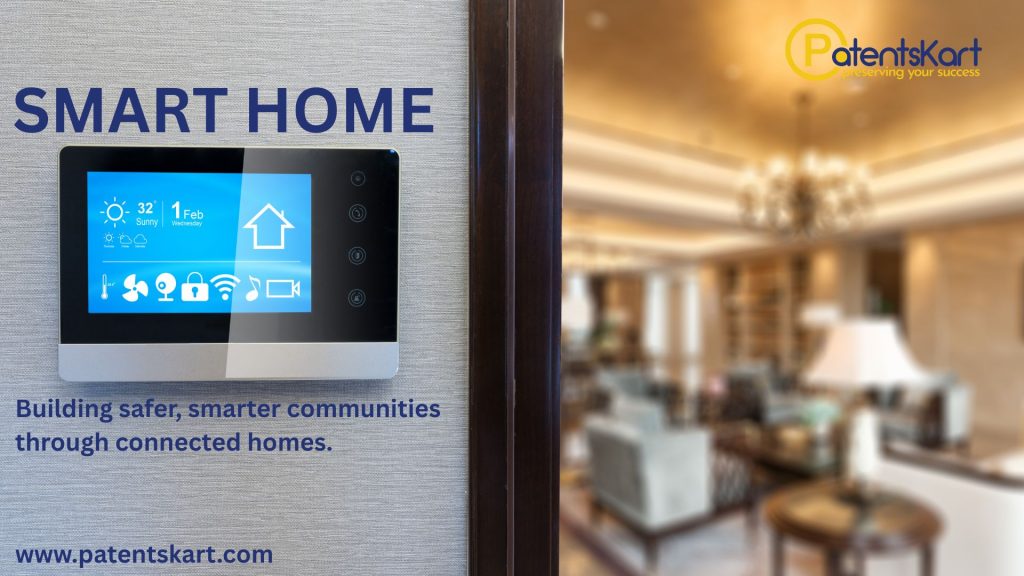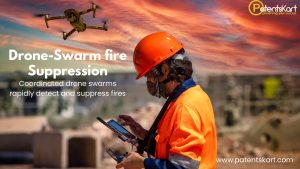Modern living is no longer just about individual houses or apartments—it’s about interconnected communities powered by digital ecosystems. At the center of this transformation is smart home community technology, a blend of IoT devices, AI-driven systems, and shared platforms that optimize not only individual homes but entire neighborhoods.
From energy-efficient housing to community-wide safety solutions, smart home community technology is redefining how residents interact with their environment, neighbors, and digital infrastructure.
What Is Smart Home Community Technology?
Smart home community technology integrates connected devices, digital platforms, and centralized management systems across homes within a community.
Core elements include:
- IoT devices: Smart thermostats, lighting, and sensors in every home.
- Community hubs: Centralized platforms managing shared spaces like gyms, parking, or security.
- Energy systems: Solar microgrids and smart meters reducing carbon footprints.
- AI analytics: Predictive systems for safety, resource allocation, and maintenance.
- Communication platforms: Apps enabling residents to interact digitally.
This collective approach ensures homes are not just smart, but communities are intelligent and sustainable.
Why Is Smart Home Community Technology Important?
The significance of smart home community technology lies in solving urban challenges:
- Sustainability: Reduces overall energy consumption through shared grids.
- Safety: Provides advanced community surveillance and predictive alerts.
- Convenience: Seamless automation in both private and shared spaces.
- Connectivity: Residents engage through digital apps and virtual communities.
- Value creation: Increases real estate value by offering tech-driven amenities.
This shift is critical as cities grow denser and sustainable urban living becomes a necessity.
How Does Smart Home Community Technology Work?
The functioning of smart home community technology involves layered integration:
- Data collection: Sensors in homes and public areas gather real-time data.
- Connectivity backbone: 5G, Wi-Fi 6, and IoT protocols connect all systems.
- Centralized platforms: Community management systems allocate resources.
- AI-powered insights: Predictive analytics optimize maintenance and safety.
- User engagement: Mobile apps give residents control of both private and shared services.
Together, these systems create a connected living experience that is efficient, safe, and future-ready.
What Are the Benefits of Smart Home Community Technology?
Key benefits include:
- Energy efficiency: Shared renewable sources and demand response systems.
- Enhanced safety: AI-based video analytics and predictive alerts.
- Cost savings: Reduced utility bills through optimized consumption.
- Community engagement: Digital platforms fostering stronger resident ties.
- Scalable models: Adaptable for small housing societies or large urban developments.
By combining individual comfort with collective intelligence, smart home community technology improves quality of life for all residents.
What Are the Applications of Smart Home Community Technology?
Applications cover residential and community aspects:
- Energy management: Solar microgrids, battery storage, and demand response.
- Shared mobility: EV charging stations and community e-bikes.
- Community safety: AI surveillance and emergency response systems.
- Smart amenities: Automated gyms, coworking spaces, and entertainment hubs.
- Waste management: IoT-enabled recycling and smart bins.

This breadth of applications shows how connected living is reshaping modern housing.
Which Companies Are Leading in Smart Home Community Technology?
Key corporations driving innovation include:
- Siemens: Smart city and residential IoT ecosystems.
- Honeywell: Building automation and safety systems.
- Google (Nest): Smart devices integrated into broader ecosystems.
- Amazon (Alexa Smart Properties): Voice-driven community living.
- Schneider Electric: Energy management systems at community scale.
These leaders highlight how smart home community technology is gaining traction globally.
Which Startups Are Innovating Rapidly?
Startups bring agility and creativity:
- Lumin: Energy optimization platforms for shared residential grids.
- Dwelo: Smart apartment automation platforms.
- SmartRent: Community-wide property tech solutions.
- GridX: Digital billing and community energy management.
- Notion: IoT-based security and maintenance systems.
These emerging companies are accelerating adoption of smart home community technology worldwide.
What Do Patents and TRL Levels Indicate?
Patent activity emphasizes:
- IoT-based home and community automation.
- Smart grid integration at the residential level.
- Community AI-driven security models.
- Digital twin models of neighborhoods.
Technology Readiness Levels (TRLs):
- Home IoT devices: TRL 9, fully commercialized.
- Community platforms: TRL 7–9, scaling rapidly.
- Digital twins: TRL 6–8, gaining adoption in urban planning.
- Smart energy systems: TRL 8–9, widely deployed.

These indicators confirm both maturity and innovation potential.
What Are the Challenges in Adoption?
Despite the promise, challenges remain:
- Cost barriers: High upfront installation costs.
- Interoperability issues: Different standards across devices.
- Privacy concerns: Data security for residents.
- Digital divide: Unequal access in different income groups.
- Policy gaps: Need for clear regulations on smart community data.
Overcoming these hurdles is crucial for scaling smart home community technology.
What Is the Future Outlook?
The next decade will see:
- Full AI integration: Predictive and autonomous community management.
- Metaverse links: Virtual communities merging with physical spaces.
- Net-zero neighborhoods: Entire districts powered by renewables.
- Scalable models: Expansion from gated societies to smart cities.
- Global adoption: From urban hubs to rural connected communities.
With these trends, smart home community technology will redefine modern living.
How Can PatentsKart Help?
PatentsKart empowers innovators in smart home community technology with:
- Patent landscaping to uncover innovation opportunities.
- Competitor analysis to monitor global leaders and startups.
- Freedom-to-operate assessments to minimize risks.
- TRL benchmarking to assess technology maturity.
- Commercialization strategies to accelerate adoption.
This ensures businesses remain ahead in the race for connected living solutions.
Conclusion
The evolution of urban living depends on more than individual homes—it requires community-wide intelligence. Smart home community technology makes this possible by combining IoT, AI, and shared platforms into sustainable ecosystems.
As the world seeks sustainable, connected, and efficient living spaces, this technology offers a blueprint for the future. It transforms housing from isolated units into thriving, tech-powered communities.
FAQs About Smart Home Community Technology
Q1. What is smart home community technology?
It is the integration of IoT, AI, and shared platforms across homes to create intelligent communities.
Q2. Why is it important for modern living?
It boosts sustainability, safety, and convenience while building stronger communities.
Q3. Which companies are leaders in this field?
Siemens, Honeywell, Google Nest, Amazon Alexa, and Schneider Electric.
Q4. What are the main challenges?
High costs, privacy concerns, and interoperability issues.
Q5. How can PatentsKart help innovators?
By providing patent insights, TRL benchmarking, and commercialization support.







